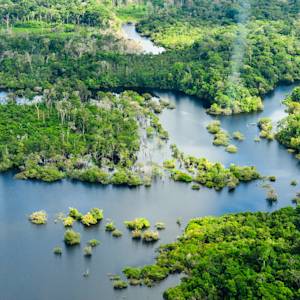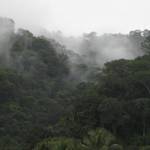Scandinavian and Russian Taiga
2023 CE • Scandinavian and Russian Taiga
"Fairytale forests laden with lichen and shrouded in moss span this vast expanse of Northern Europe. Underfoot, lush bogs are festooned with wildflowers and areas of open water in streams, lakes, and ponds. Thousands of islands flank a ragged coastline, where low-lying brackish fens and meadows play host to great flocks of migratory birds. Hidden amongst the woodland, wild forest reindeer graze by secluded mires . . . This is the largest ecoregion in Europe, stretching across Norway, Sweden, Finland, and into the northern part of Russia. There is a cool, humid climate; continentality is most pronounced in the Russian Federation, whilst the Scandinavian region receives a greater maritime influence. The habitat can be described as either boreal forest or Western taiga, and is dominated by Norway spruce and Scots pine, mixed with downy and silver birch . . . Mosses, lichens, and dwarf shrubs blanket the forest floor, and rivers and lakes are fringed with alder, aspen, rowan, and willow . . . Considering the high latitude, this region is relatively species-rich, including charismatic mammals such as Eurasian lynx, brown bear, Eurasian beaver, wolverine, and Eurasian elk." The taiga faces threats of deforestation, which is the most critical issue affecting the region. The primary culprits behind this problem are the timber industry, agriculture, and mining. Moreover, the ecosystem's well-being is increasingly compromised by climate change. Warm temperatures cause the partial thawing of the permafrost and poses a significant challenge to the survival of native species that are not adapted to such warmth, ultimately driving them out of their habitats.
Quote: "Scandinavian and Russian Taiga," One Earth.
"Taiga," National Geographic.
Image: Andrey "Efenstor" Pivovarov, CC0, via Wikimedia Commons


Learn about Maya Lin’s fifth and final memorial: a multi-platform science based artwork that presents an ecological history of our world - past, present, and future.

Discover ecological histories and stories of former abundance, loss, and recovery on the map of memory.

Learn how we can reduce our emissions and protect and restore species and habitats – around the world.

See how art can help us rethink the problems we face, and give us hope that each one of us can make a difference.

Help make a global memorial something personal and close to home. Share your stories of the natural world.


